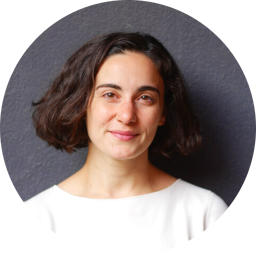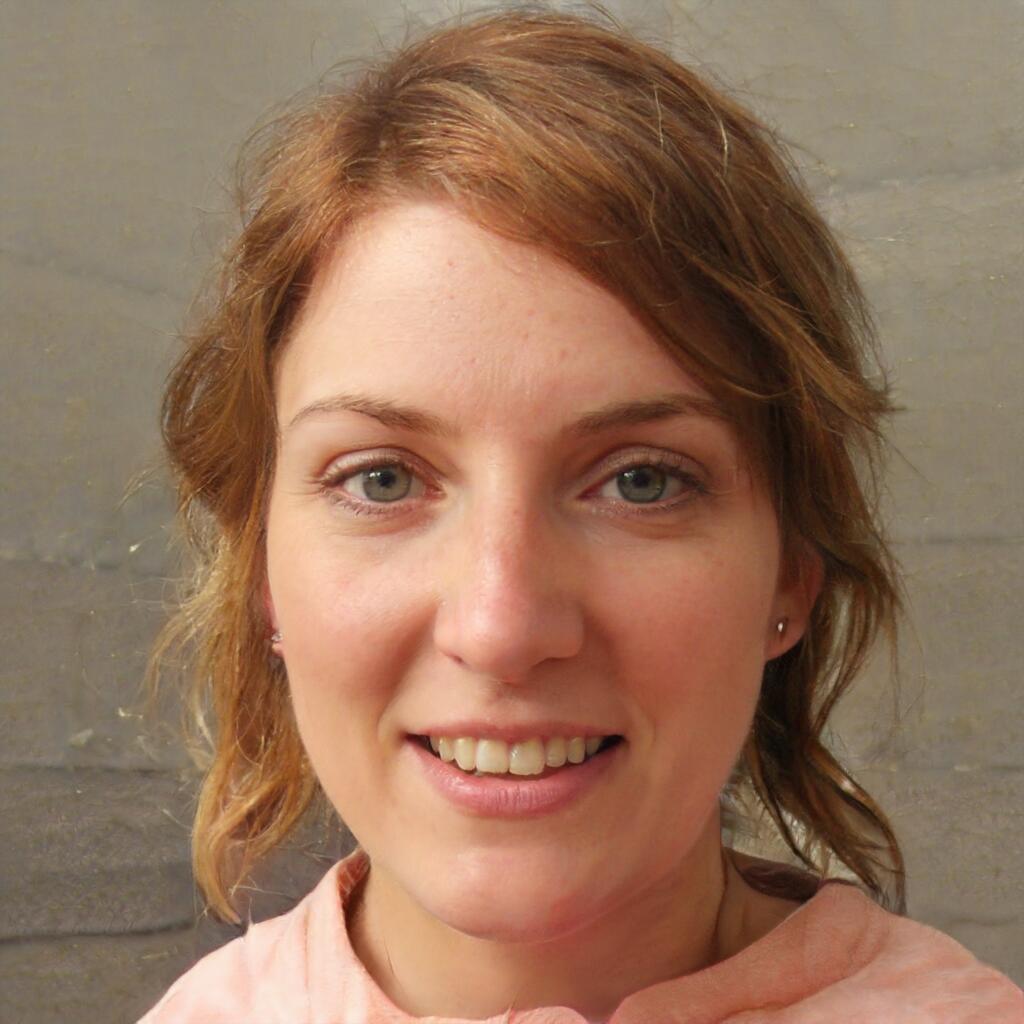Brachioplasty
Brachioplasty is a procedure to reshape the upper arm through the removal of excess skin and other tissue in order to improve its aesthetic appearance. This procedure is often prescribed for those who have lost large amounts of weight and, therefore, have excess skin on their upper arms or whose skin has started to sag due to natural ageing.
The content has been reviewed for quality and accuracy to the best of our knowledge by Qunomedical and its Medical Board of Experts.
 JuliaPatient Manager
JuliaPatient Manager“Qunomedical helped me so much! Thank you!“
“Qunomedical helped me so much! Thank you!“
Gallery
Brachioplasty (Arm Lift)
Brachioplasty (Arm Lift)
Brachioplasty Quick Details
WHO IS THIS FOR
Individuals who have recently lost large amounts of weight, leaving excess skin around the upper parts of their arms and torso.
Individuals whose skin has naturally started to sag on the underside of the arms due to age and who wish to restore its youthful appearance.
TREATMENT DURATION
Around 3 hours to complete both arms.
RECOVERY TIME
1 to 2 days in clinic due to use of general anaesthesia.
About 2 weeks for incisions to heal.
4 to 6 weeks for full recovery.
SUCCESS
Success rates are extremely high, with very few patients requiring secondary cosmetic surgery.
Side effects are also relatively low. Studies of patients undergoing brachioplasty have found that infections and haematoma occur in only 1.7% and 1.1% of cases, respectively.
POTENTIAL RISKS & SIDE EFFECTS
Wound infection
Haematomas or seromas
Visible scarring
Fluid accumulation
Asymmetry in shape of arms
Changes in skin sensation
Problems with stitches
Damage to lymphatic glands, nerve damage or pulmonary embolism (rare)
ALTERNATIVE TREATMENTS
Before / After Photos
How Much Does an Arm Lift Cost?
Prices for undergoing an arm lift have steadied in recent years. But, overall costs can still be dependent on the doctor you choose and the country in which you have the treatment. Below, we've outlined starting price in different locations. Bear in mind though that these are not fixed or guaranteed and may vary based on a number of different factors.
| Country | Price (EUR €) |
|---|---|
| Hungary | €1,320 |
| Poland | €1,510 |
| Czech Republic | €1,700 |
| Turkey | €2,500 |
| Croatia | €2,603 |
| Germany | €3,000 |
| Spain | €7,000 |
How Does It Work?
In some people, folds of skin can sag below the upper arm when it is held out from the body, colourfully sometimes referred to as “bat wings”. This is a problem that is particularly common among patients undergoing bariatric treatments to lose weight but can also be a result of natural ageing when skin loses its elasticity. The most common surgical remedy for this situation is known as a brachioplasty (arm lift). In this procedure, cosmetic surgeons use a combination of methods to remove excess skin and fat to reshape the arm.
How Does Brachioplasty (Arm Lift) Work?
Brachioplasty is a surgical procedure which usually requires the administration of a general anaesthetic. This means that potential candidates for an arm lift need to prepare properly and heed advice from their surgeon regarding diet and medication in the run up to the procedure. In some cases, professional advice may suggest that certain people should avoid the surgery such as heavy smokers, those with wound-healing issues and people prone to weight fluctuations.
If you are accepted, the surgery will include the following steps:
1. Anaesthesia Your surgeon will apply either a local anaesthetic to numb the target region or a general anaesthetic.
2. Placement of incisions A series of incisions will then be made under the arms being treated, cutting as little as possible to avoid excessive scarring.
3. Removal of fat and skin Next, the surgeon will remove enough fat and skin to ensure the right cosmetic results. Fat removal is precisely calibrated before the procedure and is carried out via liposuction. Skin is surgically cut until there is no excess and the desired contours have been achieved.
4. Closure of incisions The skin will then be fixed in place via stitches, and the incision wounds will be sealed and dressed. A drain may be put in place for a short period to ensure that excess fluid is drained properly.
In many cases, this process will be repeated for the other arm, and you would be cleared for discharge the next day.
Are There Different Types of Brachioplasty?
The description above is a general outline of most brachioplasty (arm lift) procedures, but there are actually a few different types of upper arm contouring surgery, so the precise set of steps may differ between patients.
The most common procedure is known as limited brachioplasty and resembles the process outlined above. If less skin needs to be removed, a short-scar brachioplasty may be preferred as it requires a smaller incision that results in a smaller scar.
In some cases, much more skin and fat may need to be removed. In these instances, an extended brachioplasty will be advisable. In these procedures, incisions stretch from the armpits down the upper arm and a short distance down the side of the torso. These incisions allow surgeons to reshape the circumference of both the upper and lower arms and to remove any excess skin around the chest. Larger scars tend to result from this. There is also an even more extensive procedure known as an L-brachioplasty which involves longer incisions and is reserved for the most serious cases.
What Should I Expect From a Brachioplasty?
When you undergo a brachioplasty procedure, you should have the opportunity to discuss the desired outcome with your surgeon beforehand. They will lay out the likely results and warn of any possible scarring, so you should have realistic expectations going into surgery. The results of the procedure can be impressive. In most cases, arm lifts result in significant improvements to the appearance of upper arms and chest areas, resolving problems that result from weight loss surgery. You should see the benefits immediately, as soon as the surgery is completed.
All surgery has a recovery period, and brachioplasty is no different. Expect a period of dealing with bandages and dressings, moderate swelling and possibly the use of compression bandages to handle inflammation. This should all be explained in follow-up meetings with surgeons and nurses directly after the procedure.
You may need to limit your physical activities for six to eight weeks after surgery to ensure that the wounds heal properly. After that, patients tend to return to normal life with enhanced self-esteem and better body contouring. Eventually, the skin will begin to sag through natural ageing processes, but this is normal and happens over a period of years.

Patient manager
Frieda
Your personal Patient Manager
Let's talk
Still unsure? Feeling overwhelmed? Talking to a real person can give you the guidance and reassurance needed. You don’t have to do it alone. Let’s find the right doctor together.